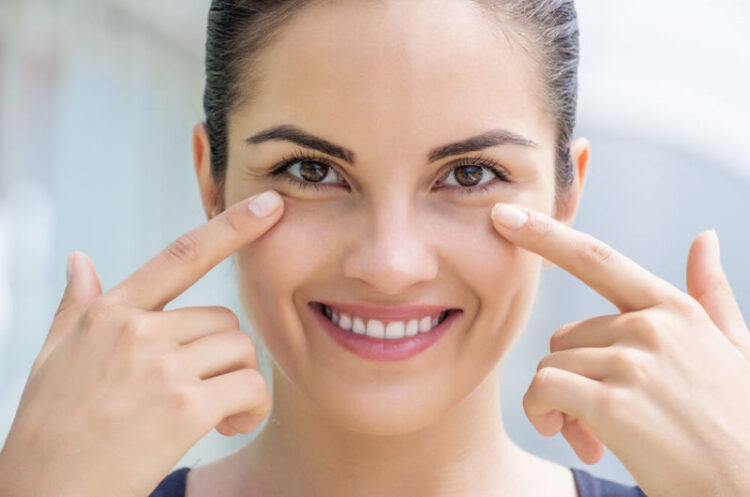Many people only start to think about eye health when things go wrong. Blurry vision. Dryness. That squint you notice in photos. But the truth is, your eyes send out quiet signals long before big problems show up. Diet is one of the most powerful tools you have to protect your vision. Not just carrots. Not just once in a while. But real, consistent nourishment—especially when you’re juggling work, family, and feeling the squeeze of stress and age.
Let’s walk through the foods that help your eyes stay strong, vibrant, and resilient. You’ll come away knowing exactly what to put on your plate, and why it matters.
Start with What Your Eyes Actually Need
Your eyes aren’t just floating on their own. They rely on blood flow, nerve communication, and tissue repair. All of those depend on nutrients. So before we even get to the shopping list, let’s look at what those nutrients are.
Vitamin A helps protect the surface of your eyes. Zinc carries that vitamin from the liver to the retina. Lutein and zeaxanthin act like internal sunglasses, filtering harmful light. Vitamin C helps build collagen in the cornea. Omega-3s reduce inflammation and support tear production.
If your diet lacks these nutrients, your eyes start to feel it. That dryness at the end of the day? That might be low omega-3s. That slow recovery when lights flash or you move from bright to dark? You may need more zinc or antioxidants.
And yes—real food should be your first line of defense. But I always recommend pairing food choices with a trusted eye health supplement to cover any gaps. Life is busy. We don’t all eat perfectly every day. Think of it as insurance, not a crutch.

Omega-3s Fight Eye Inflammation
You’ve probably heard about omega-3s and heart health, but their role in vision is just as vital. The retina contains a high concentration of DHA, one of the key fatty acids found in fish oil. Without it, visual processing slows down, and the eye struggles to stay moist.
If you often feel like your eyes are scratchy, irritated, or watery, you may be low on omega-3s. Coldwater fish like salmon, sardines, and mackerel are your top choices. Try for two to three servings per week.
Not a fish fan? Ground flaxseed, chia, and walnuts help. But they don’t give you DHA directly. So you might consider an algae-based supplement if you follow a plant-based diet.
Hydration Affects Tear Production
If your eyes feel dry, tired, or gritty by the end of the day, you might need more water—not more drops. Your tear film needs hydration from the inside out. Without enough water, tears evaporate too quickly, and your vision starts to blur.
Aim for half your body weight in ounces daily. If you drink caffeine or alcohol, increase that number. Herbal teas count too—especially eyebright, chamomile, and rooibos, which are gentle on your system.
Add foods with high water content: cucumbers, watermelon, celery, and oranges. They work quietly but powerfully to support tear balance.

Don’t Skip Nuts and Seeds
Almonds, sunflower seeds, and hazelnuts are packed with vitamin E. This antioxidant protects the eyes from damage caused by age and free radicals. Just a small handful can make a difference.
Vitamin E also works in synergy with omega-3s and vitamin C. They form a team that shields cells in the eye from breakdown. So pairing citrus with almonds or tossing seeds into a leafy salad creates a protective meal.
Try these snack combos:
- Apple slices with almond butter
- A trail mix with walnuts, pumpkin seeds, and dried cranberries
- Chia pudding topped with berries and sunflower seeds
You don’t need to count every milligram. Just be consistent.

Whole Grains and Eye Circulation
Refined carbs spike blood sugar and increase the risk of diabetic retinopathy—even in people without diabetes. Whole grains keep your insulin response steady and protect the delicate blood vessels in the retina.
Swap white bread and pasta for:
- Quinoa
- Brown rice
- Steel-cut oats
- Barley
Each of these supports long-term circulation to the eyes. They also come with B vitamins, which help reduce inflammation and support nerve function.
Keep grains to about one-quarter of your plate and always combine them with fiber and fat to slow digestion.
 Hi Boox Popular Magazine 2024
Hi Boox Popular Magazine 2024



